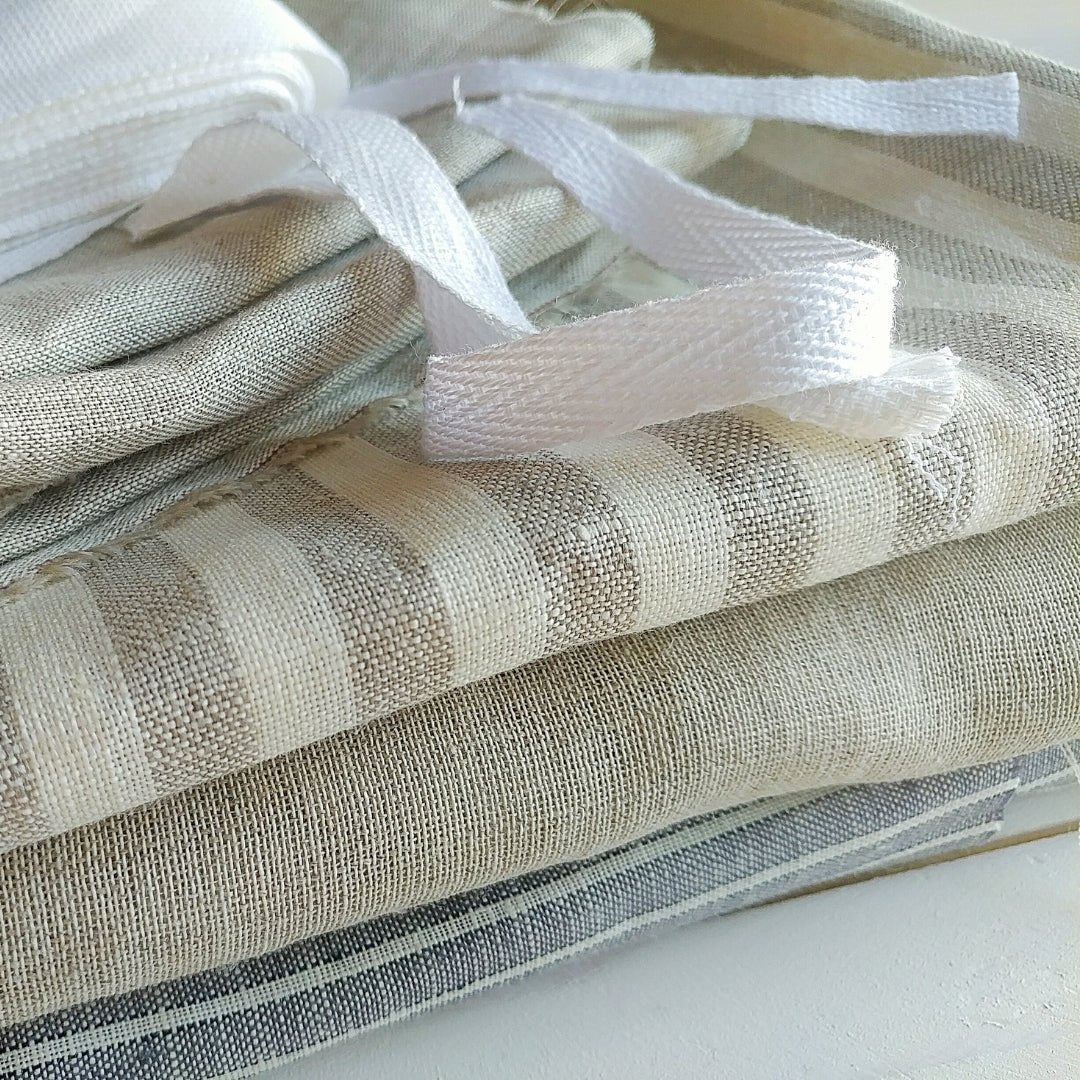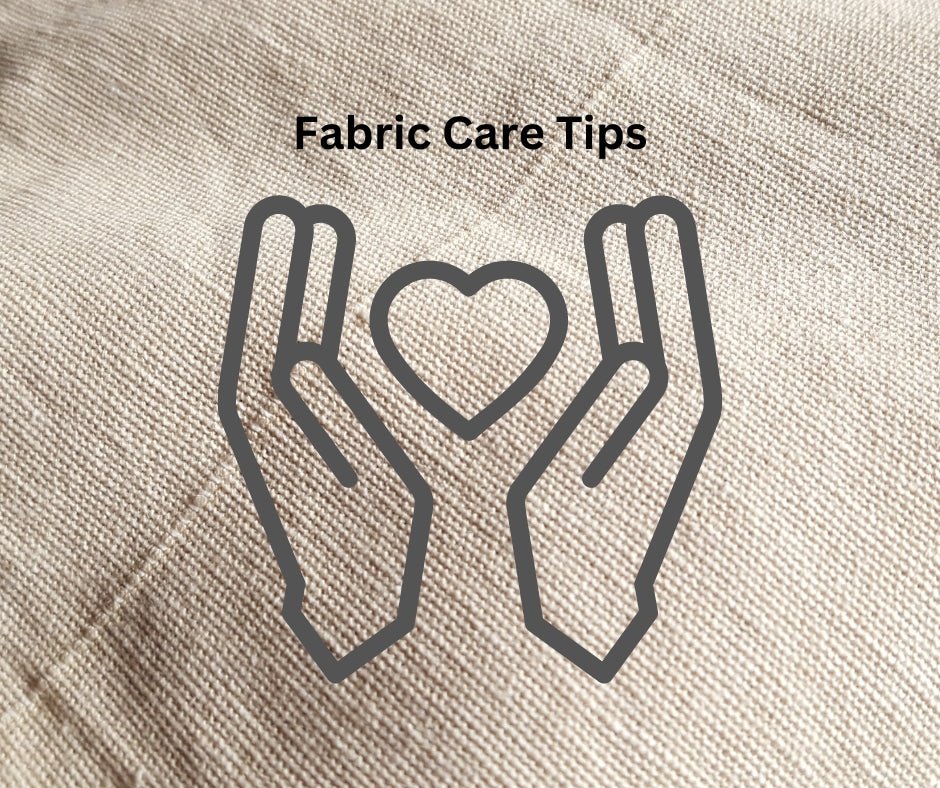In today's world,
where environmental concerns are at the forefront of discussions, finding sustainable alternatives in every aspect of our lives has become crucial. When it comes to fabrics, linen stands out as a sustainable choice that not only offers numerous benefits but also contributes to a greener future. In this blog, we will delve into the world of sustainable linen fabric choices and explore the eco-friendly options available, enabling you to make informed decisions that align with your commitment to sustainability.
1. The Wonders of Linen:
Linen, derived from the flax plant, has been used for centuries due to its versatility and durability. As a natural fiber, linen offers a myriad of benefits, such as breathability, moisture-wicking properties, and strength. Moreover, linen is biodegradable, making it an environmentally friendly choice compared to synthetic fabrics. By choosing linen, you are embracing a fabric that is not only sustainable but also timeless and elegant.
2. Organic Linen:
One of the key considerations for sustainable linen fabric choices is opting for organic linen. Organic linen is grown without the use of harmful pesticides, herbicides, or genetically modified organisms (GMOs). It promotes biodiversity, safeguards soil health, and protects farmers' well-being. By choosing organic linen, you are supporting sustainable farming practices and reducing your ecological footprint.
3. Linen Blends:
While 100% linen is an excellent choice, blending it with other natural fibers can enhance its properties and sustainability. Linen blends, such as linen-cotton or linen-wool, offer unique characteristics and expand the fabric's range of applications. These blends provide added softness, warmth, and durability while reducing the overall environmental impact.
4. Recycled Linen:
Another eco-friendly option is recycled linen. Recycled linen is made from post-industrial or post-consumer linen waste, which is then processed and transformed into new fabric. Choosing recycled linen reduces the demand for raw materials and minimizes waste, making it a sustainable choice for a greener future.
5. Linen Dyeing and Finishing:
The dyeing and finishing processes of fabrics can have significant environmental implications. Opting for linen that uses low-impact or natural dyes, free from harmful chemicals, ensures that the fabric remains eco-friendly throughout its lifecycle. Look for certifications such as the Global Organic Textile Standard (GOTS) or the OEKO-TEX Standard 100, which guarantee the sustainability and safety of the linen fabric.
6. Local and Ethical Production:
Supporting locally-produced linen fabric not only reduces transportation emissions but also promotes the local economy and craftsmanship. Look for brands that prioritize ethical production practices, fair wages, and safe working conditions. By doing so, you contribute to a more sustainable and socially responsible textile industry.
7. Care and Maintenance:
Extending the lifespan of your linen fabric is essential for reducing its environmental impact. Proper care, such as gentle washing with eco-friendly detergents and air-drying, helps maintain the fabric's quality and durability. Avoiding excessive ironing and using natural fabric softeners further contribute to the fabric's longevity and eco-friendliness.



